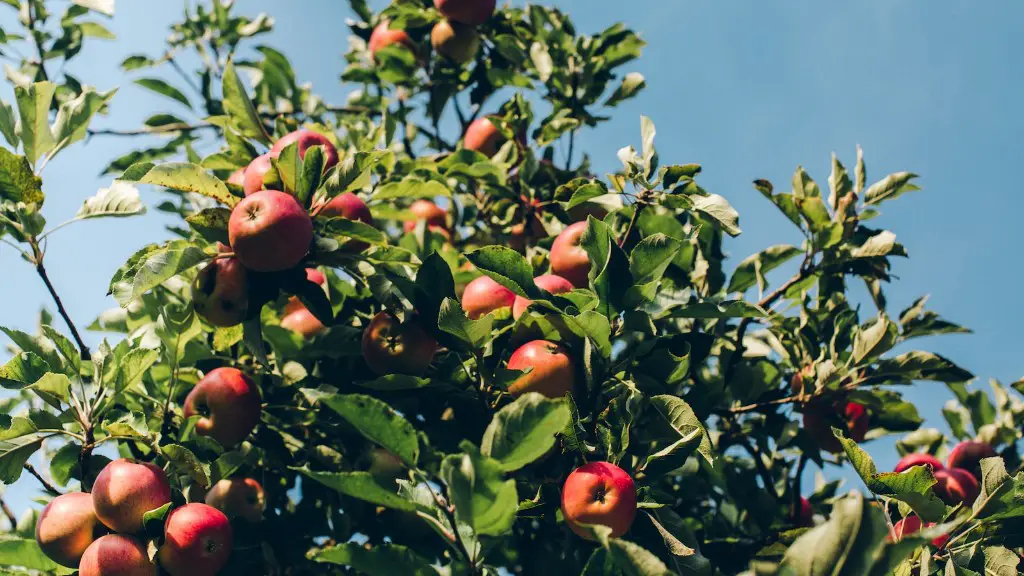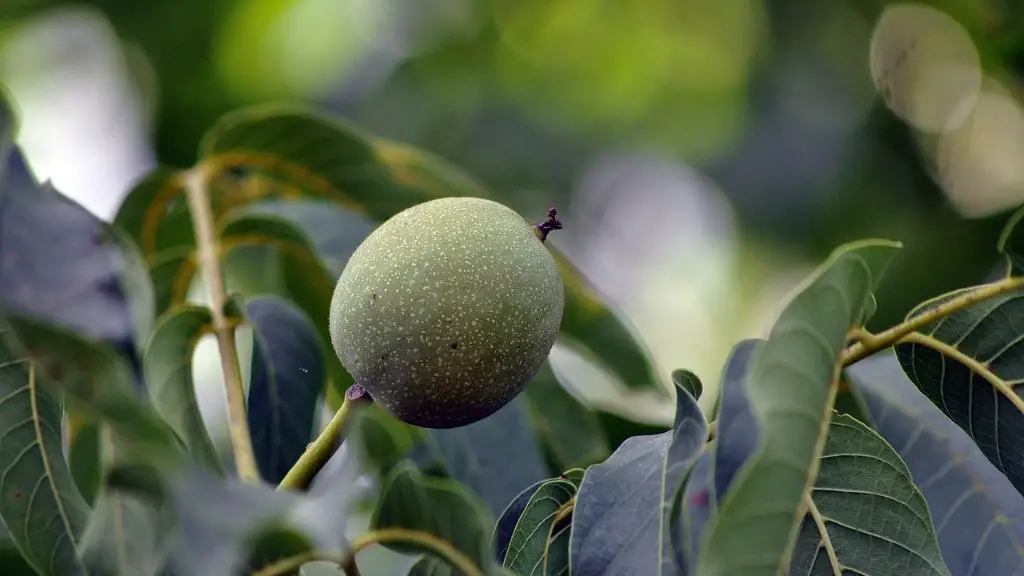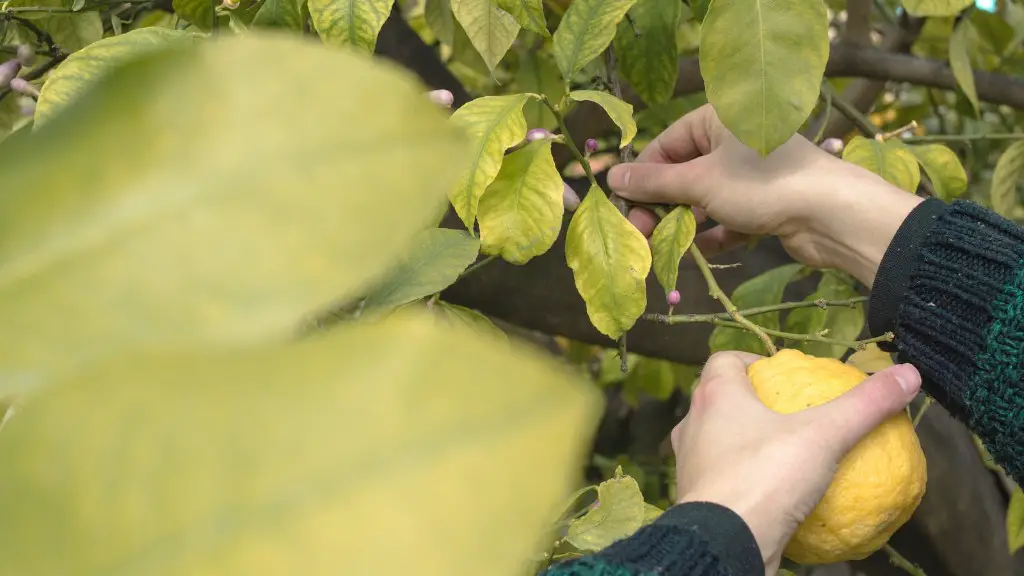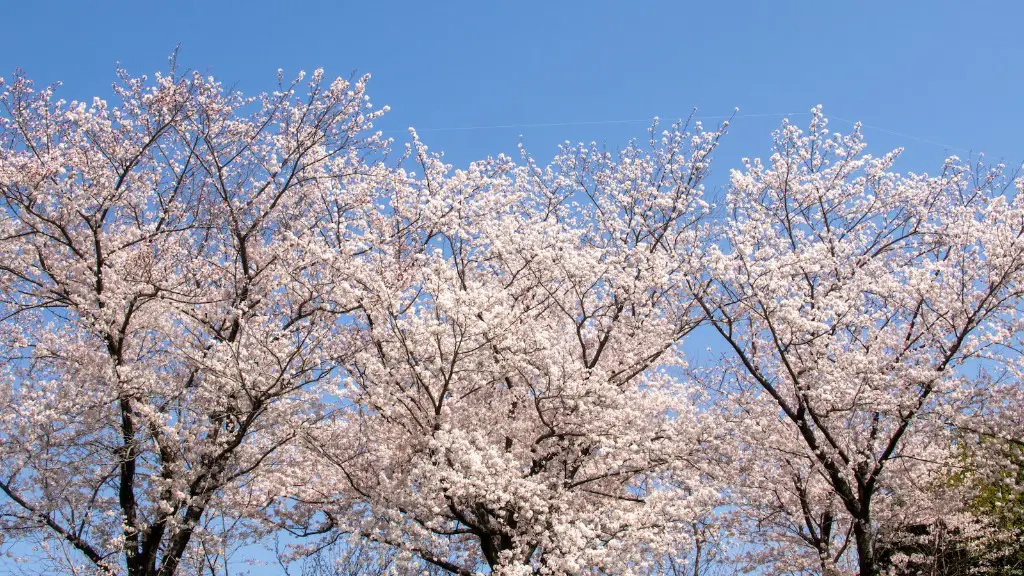Ripening apples off the tree is an easy task if done correctly. This process involves selecting the apples that are to be harvested, ensuring that they are free from damage, then placing them into a ripening environment. Here are the steps involved to ripen apples off the tree.
Choose apples carefully. When you go to pick the apples off the tree, make sure they are not blemished or have any type of damage. Apples that have damage on their surface can quickly decompose, which can diminish the flavor of the final product.
Harvest the apples with care. Once you have identified the apples that are suitable for harvesting, use a ladder to reach them, using a soft cloth to pick the fruit off its branch. Avoid using sharp tools, as this can cause a great deal of damage to the apples.
Pick or collect the apples in the evening. Collect the apples in the evening, when the temperature has cooled down. This will help to reduce the problems associated with heat damage to the apples.
Store apples in a cool place. Store the apples in a cool location away from direct sunlight. Keeping the apples in an environment with a temperature of 70–80°F and a relative humidity of 70–80% will help the apples to ripen more quickly.
Monitor the apples. Check the apples periodically to ensure that they are ripening as desired. Once the apples are close to the desired ripeness, switch the environment to a place with a lower temperature so that the ripening process will come to a stop.
Remove the apples from the ripening environment. When the apples are of the desired ripeness, remove them from the cooling environment on to a cloth or tray. By doing so, the apples will remain ripe for about a week.
Harvesting Apples
Harvesting apples from the tree requires careful hand picking so as to avoid bruising or damaging the fruit. First, examine the apples to decide which ones are ready to be picked. Once ready to harvest, use a ladder or soft cloth to pluck each apple off its branch. Doing so will ensure that the apple ripens well off the tree.
When harvesting apples, pick them in the evening when the temperature is cooler. This will help reduce the risk of heat damage. Additionally, keep any damaged apples you find to one side, as they should not be placed in the same pile as the others.
The timing of apple harvesting is important because the process must occur before the first frost hits. Frost can damage the fruit and cause it to decay, making it unsuitable for harvesting.
Keep in mind that proper harvesting is only the start of the process. In order for the apples to ripen properly, they must be stored in an area with the right temperature and humidity levels.
When harvesting apples from the tree, safety must be taken into consideration. Ensure that the ladder is firmly placed on the ground and that it is being supported adequately. Wear protective clothing and keep an eye out for any wild animals that might interfere with the process.
Ripening Apples
Once apples have been harvested, they need to be placed in an ideal environment in order to ripen properly. This involves creating a setting with the right temperature and humidity levels.
Typically, apples should be kept in a place with a temperature of 70–80°F and a relative humidity of 70–80%. Adhering to these settings will allow the apples to ripen more quickly and evenly.
Monitoring the apples during the ripening process is also necessary in order to check their progress. When they have reached their desired ripeness, transfer them to a room with a lower temperature and humidity level. This will stop the ripening process and preserve the flavor of the apples.
When placing apples in the ripening environment, they should be set on a cloth or tray. Additionally, the apples should be arranged in a single layer to ensure that they all receive even exposure to the environment.
The ripening process should take no more than a few days, after which apples can be eaten or stored for future use. Apples that have been ripened correctly off the tree can last for about a week.
Storing Apples
Once apples have been ripened off the tree, they must be stored correctly to retain their flavor and quality. Apples can be stored in the refrigerator, in a cool place, or in an apple basket.
Refrigerator storage is ideal if you want to keep apples for a long period of time. When storing apples this way, place them in airtight containers and set the temperature to 35–40°F. Doing so will help preserve the flavor of the apples.
In contrast, if you only need to store apples for a few days, then keeping them in a cool location such as a pantry or closet is best. The general rule is to store these apples away from any direct sunlight.
Finally, apples can also be stored in an apple basket. The idea behind this is to promote air circulation, which will keep the apples fresh for a longer period of time. The general rule here is to place the apples in just one layer and to keep the basket in a well-ventilated area.
Apples stored this way should last for about two weeks before starting to go off. Keeping apples in the refrigerator or a cool place is the best way to extend their shelf life for up to two months.
Preparing Apples for Eating
Once apples have been ripened off the tree and stored correctly, the final step is to prepare them for eating or cooking with them. Even after ripening, some apples may need to be peeled and cut into smaller pieces in order to make them easier to eat.
When preparing apples for eating, make sure to take into account any potential spoilage. If the apples have started to spoil, do not use them as they may not be safe to consume.
If the apples are in good shape, then the next step is to cut them into slices or cubes. This will make them easier to eat and will also decrease the risk of choking. For those who have specific dietary needs, apples can also be grated, blended, mashed, or cooked.
To maximize the flavor of apples, consider adding some citrus juice or spices to them. This can add an extra layer of flavor and make the apples even more enjoyable. Additionally, apples can be used in a variety of recipes, including salads, soups, sauces, pies, and even jams.
Finally, it is always a good idea to clean apples before preparing them. This will help to remove bacteria and other contaminants that may have been transferred from the tree or ripening environment. Simply scrub the apples under running water for a few seconds before drying and cutting them.
Conclusion
Ripening apples off the tree is a simple process as long as all the steps are followed correctly. First, choose and harvest the apples carefully. Then, store the fruit in a cool, high-humidity environment and monitor them periodically. When the apples have reached their desired ripeness, they can be removed from the environment and stored properly. Finally, prepare the apples for eating or cooking by cutting them into slices or cubes and cleaning them thoroughly.





